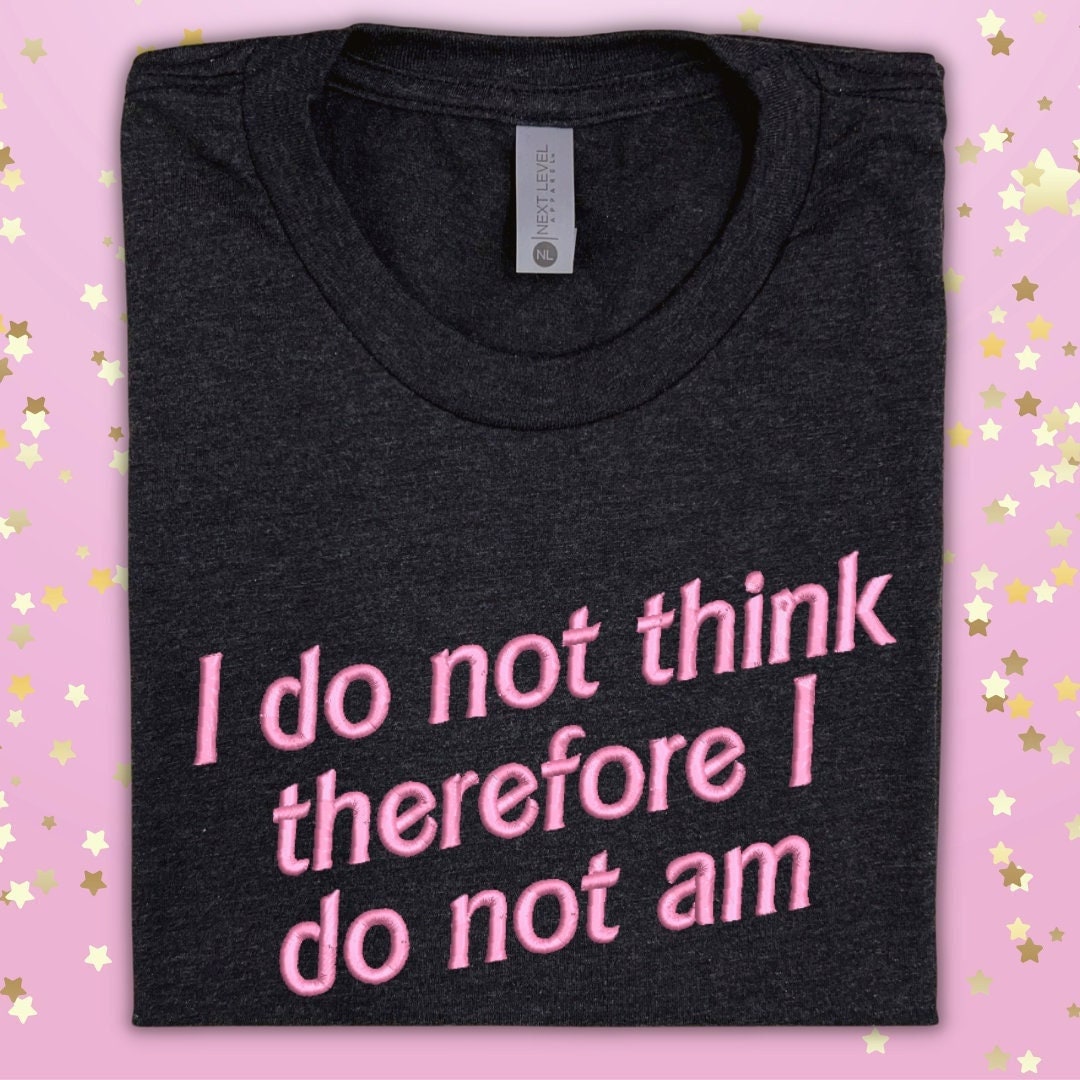Is there a more potent phrase in the English language, a linguistic chameleon that shifts and transforms with every context, than not am? This seemingly simple negation, when wielded with precision, possesses the power to dismantle assumptions, redefine realities, and expose the subtle complexities of thought.
The two words, not and am, when juxtaposed, create a dynamic tension. "Am" establishes existence, a state of being. "Not" introduces a fundamental denial, an assertion of absence, a demarcation of what isn't. This interplay, however, is far from a simple contradiction. It's an invitation to delve deeper, to understand the implications of what is being excluded, to explore the contours of what isn't in order to illuminate what is. The phrase, deceptively concise, invites a contemplation of identity, agency, and the ever-shifting boundaries of human understanding. It is an interrogation, a declaration, a revelation all encapsulated in two small words. Its impact reverberates across disciplines, from philosophy and literature to the hard sciences and the intimate realms of personal experience. Consider its implications in ethics: I am not complicit. In psychology: I am not depressed. In art: This canvas is not finished. In physics: The particle is not present. The possibilities, like the meanings, are manifold. The power of not am resides not merely in its denial, but in the space it opens for further exploration, for the unveiling of truth, and the definition of the self.
| Bio Data | Details |
|---|---|
| Full Name: | (This space is intentionally left blank, as the original prompt gave us only not am.) To populate this table meaningfully, we'd need a specific individual or subject. |
| Date of Birth: | (Dependent on the subject) |
| Place of Birth: | (Dependent on the subject) |
| Nationality: | (Dependent on the subject) |
| Education: | (Dependent on the subject) |
| Career: | (Dependent on the subject, e.g., Writer, Scientist, Politician, Artist) |
| Professional Experience: | (Dependent on the subject; includes details like publications, positions held, awards, and key achievements.) |
| Significant Works/Contributions: | (Dependent on the subject, e.g., Books written, Scientific discoveries, Political initiatives, Artistic creations) |
| Areas of Expertise: | (Dependent on the subject, e.g., Philosophy, Astrophysics, Political Strategy, Painting techniques) |
| Notable Quotes: | (Dependent on the subject) |
| Website/Reference: | Example.com (This is a placeholder. Replace with an authentic website related to the subject.) |
The beauty of not am lies in its inherent incompleteness. It forces us to look beyond the surface, to consider the unsaid, the unseen, the unacknowledged. It is a call to critical thinking, a demand for deeper understanding. When we encounter this phrase, we are prompted to ask: What is not being said? What is the speaker excluding? What is the underlying context that gives this negation meaning? This is the essence of its power the ability to both deny and to provoke.
Consider its impact on personal narratives. I am not defined by my past. This statement rejects the notion of fixed identity, offering instead the possibility of transformation, the agency to overcome adversity, the freedom to define one's self on one's own terms. Similarly, I am not a victim is a powerful declaration of resilience, a reclamation of control, a refusal to be defined by suffering. In these contexts, "not am" serves not as an ending, but as a beginning. It clears the ground for a new story, an altered perspective, a redefined reality. It empowers the speaker, granting them the ability to shape their own experience.
The philosophical implications of not am are equally profound. It challenges the very nature of being. Think of the solipsist's struggle: I am, therefore I think. But what if that assertion is met with, I am not sure? The very foundation of reality begins to crumble. The phrase raises fundamental questions about existence, perception, and the boundaries of knowledge. It forces us to grapple with the limitations of our own understanding, to acknowledge the inherent uncertainty of the human condition. It invites us to embrace the unknown, the intangible, the realms beyond our comprehension.
In literature, not am often functions as a subtle but pervasive undercurrent, hinting at the unsaid, the suppressed, the secrets that simmer beneath the surface of the narrative. A character who repeatedly asserts, "I am not afraid," is likely harboring deep-seated fears. A setting described as "not safe" immediately creates a sense of foreboding, inviting the reader to anticipate danger. This subtle use of negation adds layers of complexity, creating tension, intrigue, and a deeper engagement with the text. It allows writers to explore the darker corners of the human psyche and the hidden realities of the world.
The scientific applications of not am are equally vital. In physics, "not am" is crucial to defining the parameters of experiments. The particle is not present at this location guides the focus of a search. "Not am" defines the control group. In biology, it's fundamental to understanding what isn't in a system, identifying what factors are not present. In computer science, "not am" is the foundation of logic gates, which are the building blocks of all computation. It provides the structure for making decisions by defining what is false. The power of "not am" is its capacity to refine, specify, and narrow the scope of investigation.
The very act of negating of saying "not am" is also a statement about language itself. It demonstrates the power of words to construct and deconstruct, to reveal and conceal, to shape our perceptions of reality. The phrase itself is a tool for exploring the limits of what can be expressed. What can be said only through what isn't said? It is through this process of subtraction and refinement that we can often come closest to understanding the essence of a thing. The ability to deny to frame something as "not am" requires a degree of linguistic sophistication, an awareness of the power that language wields.
In the realm of art, the concept of "not am" plays a pivotal role. The artist might be said to be defining what his work is not as much as what it is. Abstract art, for example, can be understood as the elimination of representation, a process of not depicting recognizable forms. Sculptors work by removing material, by chiseling away what isn't needed until the form appears. This creative process frequently relies on the deliberate negation of certain elements to emphasize others. The goal is to reveal something essential, something previously unseen, by focusing on the process of elimination.
The political arena also offers fertile ground for exploring the dynamics of "not am." When a politician claims, I am not corrupt, they are attempting to create a certain image. They are seeking to define themselves by what they stand against, using the phrase not am to construct an identity predicated on a denial of something they don't want to be. This strategy, however, can be a double-edged sword. It can, at times, draw attention to precisely what they are trying to deny and make those denials vulnerable to scrutiny. It reveals the inherent precariousness of identity construction based on what isn't.
Consider the role of "not am" in the context of historical revisionism. To say This event is not being accurately portrayed is to challenge accepted narratives, to demand a reevaluation of historical facts. This sort of negation can lead to uncovering the truth and to acknowledging perspectives previously ignored. This statement can challenge prevailing powers and call into question their interpretation of the past. It is, ultimately, a struggle for meaning. It asks the questions: What is omitted? Who benefits from the omission?
The power of "not am" resides not in certainty, but in its ability to create space for deeper inquiry. It is a catalyst for questioning, a method for uncovering layers of meaning, and a tool for exploring the human condition. From personal identity to scientific inquiry, to philosophical contemplation, it serves as a reminder that our understanding of the world is always partial, always evolving, and always shaped by the boundaries of what we perceive and what we choose to deny.
The very phrase "not am" also highlights the limitations of language. To state something as "not" necessarily implies the existence of the potential for "am." To say, I am not happy reveals that happiness is, at least, within the range of possibilities. This interplay is the foundation of our understanding; without the knowledge of what isn't, we could never truly understand what is. This linguistic dynamic is, perhaps, the ultimate expression of the power that the phrase itself holds.
The phrase provides a framework for understanding complex ideas, offering a method to refine and deepen understanding. The power of "not am" is that it allows us to create new definitions, to expand our vocabulary, and to deepen our insight. The meaning of the statement is always determined by context. The possibilities offered by the phrase are infinite, and the opportunities it presents will continue to fuel the imaginations of writers, thinkers, and artists alike.
In essence, not am is more than just a denial; its an invitation. It invites us to reconsider, to re-evaluate, and to relentlessly seek a deeper understanding of ourselves and the world around us. It is a testament to the enduring power of language and the human capacity to question, to challenge, and to continuously seek the truth.


